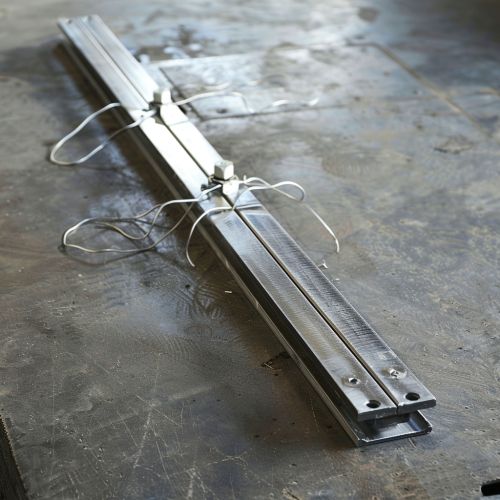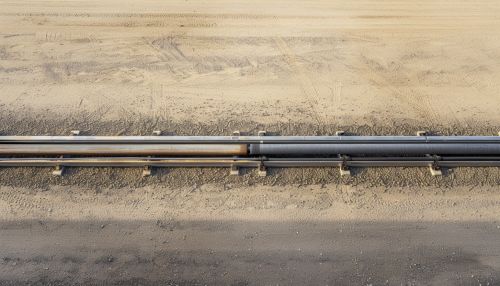Dipole antenna
Introduction
A Dipole antenna is a type of radio antenna that can be defined as a straight electrical conductor measuring half a wavelength in length and divided in the middle by a feed point where the radio frequency current is applied. The dipole antenna, also known as a doublet, is one of the simplest types of antenna, and serves as the fundamental building block of many other types of antennas. It is often used as a standard against which other antennas are compared.


History
The dipole antenna was first used by German physicist and radio pioneer Heinrich Hertz during his pioneering investigations of radio waves in the late 19th century. Hertz's experiments with these antennas in 1886 led to the development of the Hertzian dipole, a type of dipole antenna that is still in use today.
Design and Construction
A dipole antenna consists of two metal rods or wires oriented end to end on the same axis, with the feed point located at the center. The length of the dipole elements is determined by the wavelength of the radio waves it is designed to receive or transmit. The most common form of dipole is the half-wave dipole, in which each of the two rod elements is a quarter-wavelength long, so the whole antenna is a half-wavelength long. The feed point is usually at the center of the antenna, but off-center fed dipoles are also used.
Operation
In operation, an alternating current is applied to the antenna's feed point. This causes an oscillating electrical field to form along the length of the antenna. The field induces an oscillating magnetic field perpendicular to the antenna. Together, these fields form an electromagnetic wave which is radiated away from the antenna into space.
Types of Dipole Antennas
There are several different types of dipole antennas, each with their own specific characteristics and uses. These include the half-wave dipole, the folded dipole, the short dipole, the monopole, and the Hertzian dipole.
Half-Wave Dipole
The half-wave dipole is the most common type of dipole antenna, and is often used as a reference antenna in measurements. In a half-wave dipole, each side of the antenna is a quarter-wavelength long, making the total length of the antenna a half-wavelength.
Folded Dipole
A folded dipole is a variation of the half-wave dipole in which the ends of the antenna are folded back towards each other, forming a loop. This design increases the antenna's bandwidth and impedance.
Short Dipole
A short dipole is a dipole in which the length of the antenna is significantly less than half a wavelength. Short dipoles are less efficient than half-wave dipoles, but they are often used in applications where space is limited.
Monopole
A monopole antenna is a type of dipole antenna in which one half of the antenna is replaced by a ground plane. Monopoles are often used in mobile and portable communications devices.
Hertzian Dipole
The Hertzian dipole is a theoretical construct used in electromagnetic theory. It is an infinitesimally small dipole, and is often used as a simplified model for real antennas in calculations and simulations.
Applications
Dipole antennas are used in a wide variety of applications, including broadcasting, telecommunications, radar, and in scientific research. They are often used in the design of other types of antennas, and are commonly used as a reference antenna for antenna measurements.
